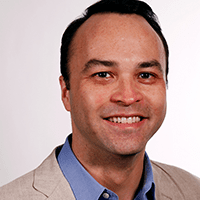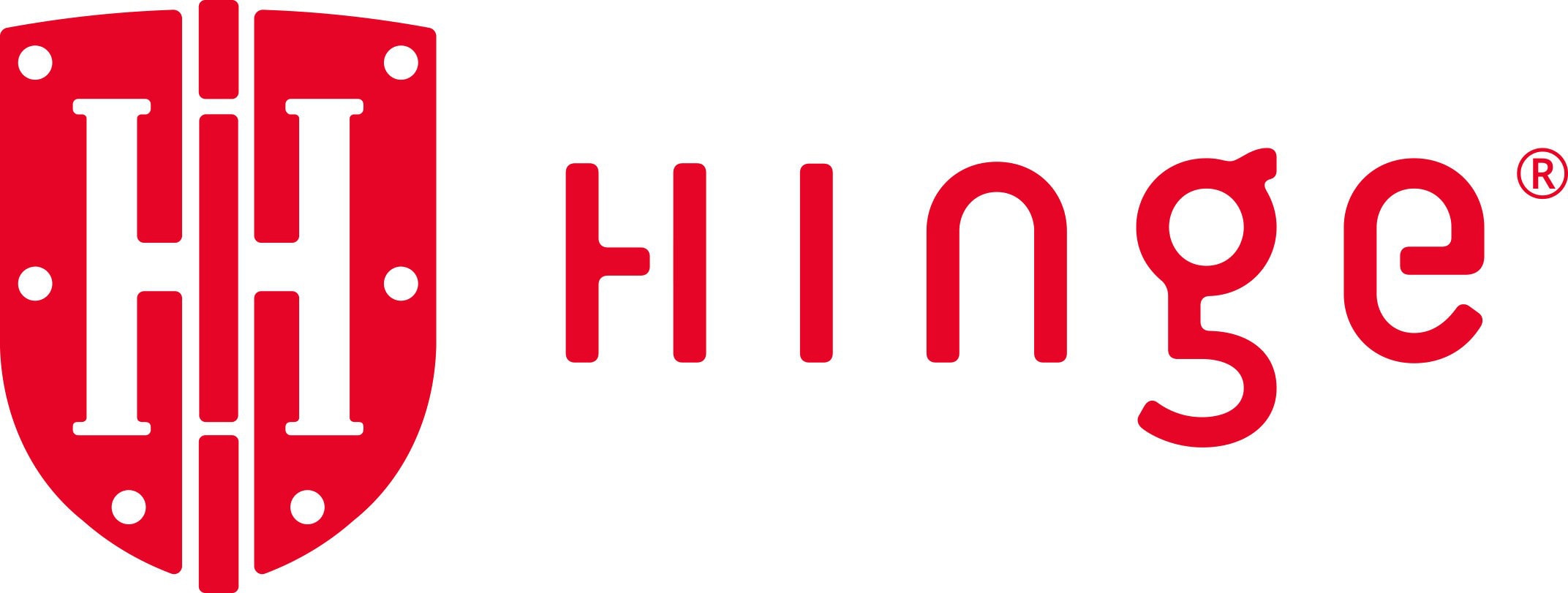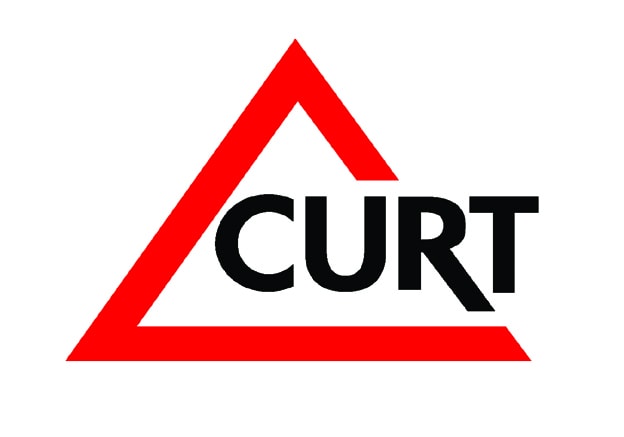By Karl Feldman, Partner, Hinge

The economic downturn caused by the pandemic has profoundly affected employment, including how and where people worked – if they worked at all. In many cases, individuals were laid off or let go as work dried up.
The construction industry was particularly hit hard, losing over 1.1 million jobs in March and April 2020 alone, according to a report by construction IT services provider ConstructConnect. Causes for this significant loss include construction activity being shut down, delayed, or put on hold.
As if that weren’t enough, the pandemic has also triggered a phenomenon few, if any, would have expected. A wide range of workers – especially white-collar professionals, including those in the AEC industry – have left their jobs in search of more money, flexibility, and happiness, a phenomenon dubbed the “Great Resignation” by business pundits.
Revving up for Recovery: Do You Have All the Talent You Need?
Many construction firms are still struggling to find the personnel they need to return to pre-pandemic levels. Having top talent in place is even more critical as the Biden administration pushes an aggressive infrastructure bill that could channel as much as $400 billion into a wide range of construction projects. It’s crucial that construction firms strengthen their benches and prepare to take advantage of opportunities to win substantial new construction projects.
Many industry leaders see 2021 as a transformative year, but only if construction firms future-proof their businesses. And that means keeping their most valuable employees happy while promoting a positive culture to lure top-notch talent.
What’s Motivating Resignations Among Construction Professionals?
Research conducted by the Hinge Research Institute during the pandemic revealed several factors influencing professional, white-collar employee satisfaction, including mergers and acquisitions in response to the changing business environment and, of course, the pandemic.
The survey shows both active and passive job seekers, including those in the broader AEC industry, are much more likely to have gone through an M&A than their non-job-seeking peers, with only 13 to 16 percent of them satisfied with how their firm handled it. In fact, ALL active seekers, and almost three-quarters of passive seekers, were dissatisfied with the process.
Likewise, how the AEC firms handled the COVID-19 crisis created another employment vulnerability. Sixty-seven percent of active job seekers and 26 percent of passive seekers felt their current employer did not adapt well to the disruptions caused by COVID-19.
At the root of these two major influencers of employee dissatisfaction lies poor communications. Fifty percent of surveyed professionals indicated that
clear communications about the rationale and benefits of their firm’s M&A would have prompted a more favorable view of the deal. When it came to adjusting their operations to the pandemic, AEC firms simply didn’t do a good job of communicating their intent or strategy to employees. Eighty-four percent of job seekers were dissatisfied with COVID-19 adaption.

Attracting and Retaining Top Talent Post-Pandemic
The single most important thing your firm can do to attract top talent is to build your employer brand as much as you do your firm brand.
To accomplish that we recommend the following:
1. Build the Culture That Will Help You Keep Your Brand Promise
Sixty-six percent of job seekers ranked communications issues, often symptomatic of larger issues with a firm’s culture, as their number one selection criteria, topping a competitive salary and compensation, which came in at a distant second. Forty-seven percent listed poor cultural fit as third among their top things to avoid. Culture also tops the list that tips the scales when considering a job offer.
The resounding message here is that a healthy culture, one where people feel a strong sense of belonging and receive support and recognition trumps pay.
2. Make Your Reputation as a Workplace a Priority
A good firm reputation and track record is the third top job selection criteria, with 66 percent of job seekers avoiding firms with a poor reputation. The key to fostering a good reputation is a positive employer brand. It’s simple: top prospects seek out and prefer to work at a highly visible firm with a good reputation as a provider and an employer.
What is your reputation as a workplace? What is the predominant sentiment around your employer brand? Will that sentiment draw or drive away talent? If it’s the latter, then it’s time to decide what changes to make and how.
3. Monitor and Manage Your Employer Brand Online
Do you know what candidates will find out about your firm when they do a Google search? What do past and current employees have to say on platforms like Glassdoor? Continuously monitoring your reputation as an employer online will show your employer brand’s fault lines. Once you’ve identified and addressed the gaps, it’s time to celebrate your accomplishments.
Your website, social media, and external sites form a composite picture of how you operate. Sharing your team’s accomplishments and your initiatives to become a better workplace through your own and external sites will go a long way towards making a good impression on job candidates – not to mention clients, whose third top selection criteria also happens to be a good cultural fit and shared values.
4. Understand Your Top Prospects and How to Engage with Them
It’s hard to attract top talent if you don’t know what’s important to them and where to find them. The top job search method for our survey respondents was LinkedIn. And, as we’ve noted, a good firm culture will draw talent more than greater pay.
Getting Back to Work.
The pending federal infrastructure legislation – in whatever form it passes – holds the promise of major new construction projects in virtually every economic sector. The question for construction companies is, are you ready for it? When it’s time to get back to work in a bigger and better way, does your company have the right talent in place to close deals and manage new projects?

Karl Feldman oversees Hinge’s service delivery. A former entrepreneur, marketer and engineer, Karl is uniquely qualified to lead our account teams, continuing to evolve and improve the value we deliver to our clients. In addition, he advises leaders in the architecture, engineering, and construction industries on growth and marketing issues.
Before joining Hinge, Karl was Director of Marketing at HITT Contracting, a top-50 US-based general contractor with 700 employees and offices nationwide. He has also led marketing operations for national retail, and B2B operations with brands like Herman Miller, Steelcase, and Harley Davidson. And at various points in his career, Karl founded and ran several venture capital-backed firms.

At Hinge, we’re pioneering the new science of growth for professional services firms. We publish ground-breaking research that is uncovering why high-growth firms outperform their peers. Using this information, we help firms refocus, re-brand, launch new services, expand into new markets, and take their game to a higher level. If you’ve been seeking a research-based approach to branding, marketing, and growth, Hinge puts the power of science in your grasp.
Important topics like this one will be discussed at the 2022 CURT-CII Joint Conference, February 7-9, 2022, in Orlando, Florida. Learn more about “2022…Now What – The New Construction Industry” online.

Connect with CURT to stay up to date on everything construction-related. Link up with us on Facebook and LinkedIn for more great content that will help you lead your team and succeed in your position.
CURT’S MISSION IS TO CREATE A COMPETITIVE ADVANTAGE FOR CONSTRUCTION USERS. CURT ACCOMPLISHES THIS MULTIFACETED OBJECTIVE BY PROVIDING AGGRESSIVE LEADERSHIP ON THOSE BUSINESS ISSUES THAT PROMOTE EXCELLENCE IN THE CREATION OF CAPITAL ASSETS.
